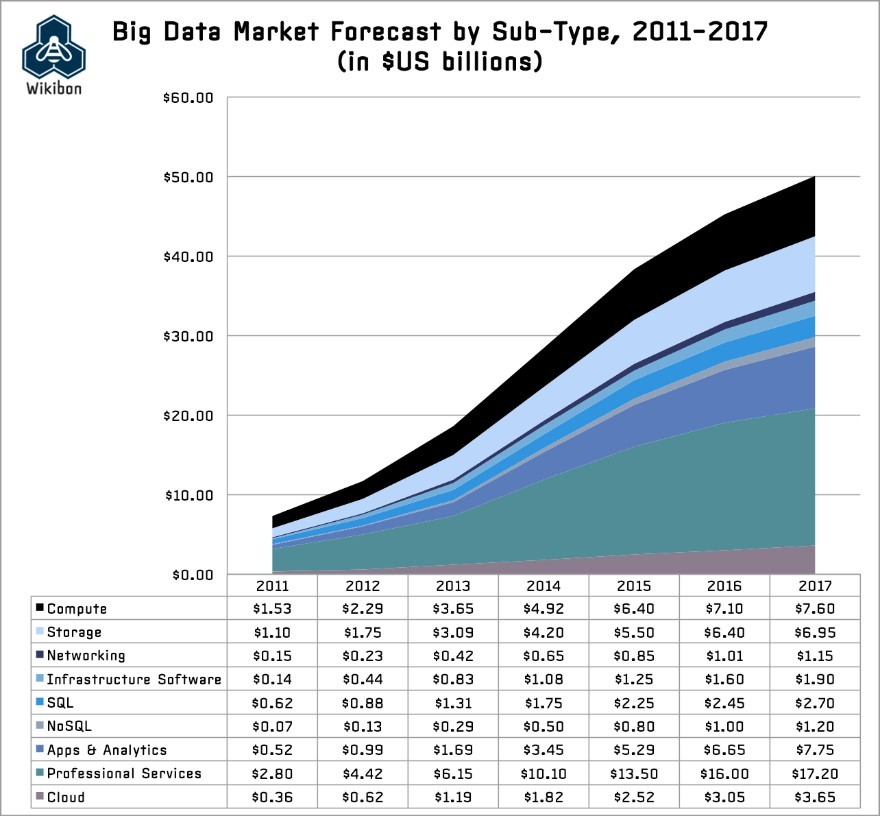Understanding Future Market Direction Using an Interesting Study
Post on: 16 Март, 2015 No Comment

Instructor, CMT
Most traders I talk to are very nervous about the potential for this bull market to continue. They are wondering when the next bear will start to roar. When the economy and markets show weakness, the majority of people worldwide focus on saving money and spending wisely. Especially those hit by unemployment or credit reduction. Could we use this natural tendency of swinging between miserly and extravagance to help predict the movements of the markets? Of course, we can!
According to Investopedia, the Consumer Discretionary Sector is, A sector of the economy that consists of businesses that sell nonessential goods and services. Companies in this sector include retailers, media companies, consumer services companies, consumer durables and apparel companies, and automobiles and components companies. They define Consumer Staples as, The industries that manufacture and sell food/beverages, tobacco, prescription drugs and household products. Therefore, during times of economic bust, one would expect the discretionary companies to underperform staples as investors would not buy companies facing slow or no growth.
Of course, as the markets turn positive, you would expect the opposite.
As a chartist, there is a way to use this relationship and fine-tune turning points in the market. TradeStation has a useful technical indicator called the Spread Ratio. This tool allows the trader to see a visual representation of the price of one security divided by another. By using trend lines, a trader can observe changes in the performance of two securities and make decisions about the broad markets.

To see changes in the overall market, I use a spread ratio that divides the closing price of the XLY, the consumer discretionary ETF, by the closing price of the XLP, the consumer staples ETF. If the ratio line is rising, the discretionary are outperforming the staples and we are in a bullish trend. Should the trend break and the ratio line decline, we are experiencing a bearish move and trend in the markets. Support and resistance work the same on the ratio as they would on a stock.
Notice the monthly charts of the XLY and XLP with the spread ratio. The breaks in trend correctly identified the shifts from bullish to bearish markets. Although this technique will not give you exact tops and bottoms, it will alert you to major changes in the markets.
The larger time frames on charts show us the major trends and we can adjust our biases accordingly. However, as traders, we often want to look at shorter time frames to see smaller tradable trends. This ratio analysis will also help with that. Simply adjust the chart’s time frame to your needs but keep in mind that the larger time frame trends always dominate over the shorter.
By looking at the rotation between staples and discretionary sectors, traders can gain additional insight as to the future direction of the markets. Until next time, honor your stops, trade safe and trade well!














